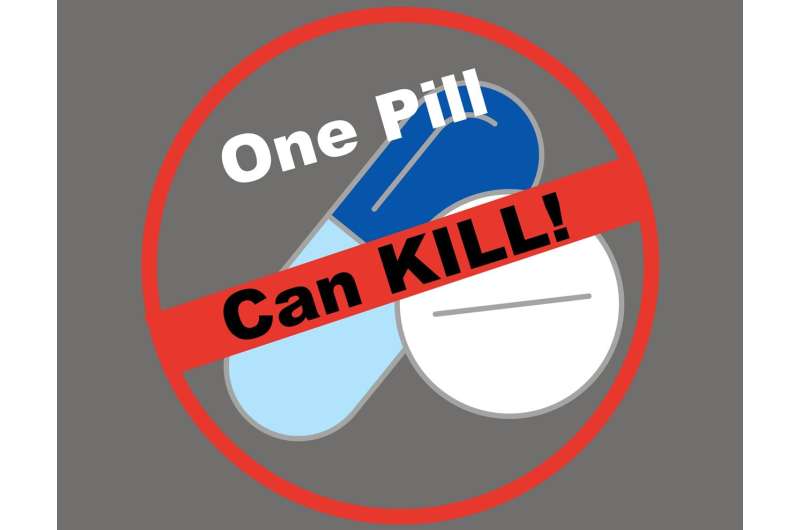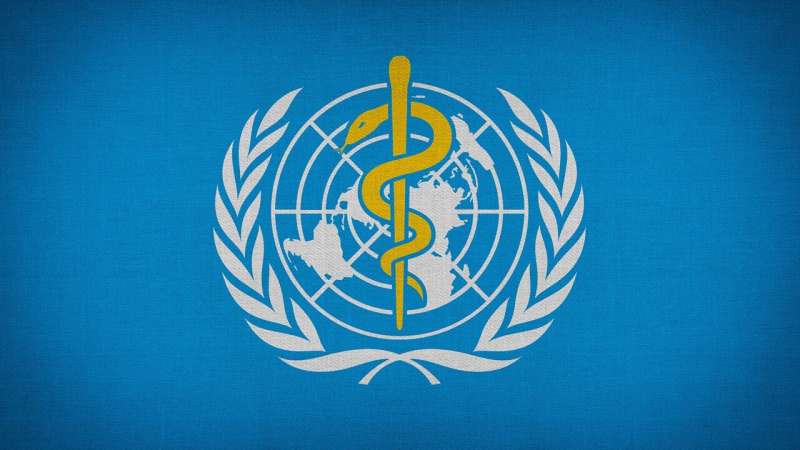Misinformation Regarding Fentanyl Exposure Unfairly Threatens Overdose Response Efforts

Fentanyl, a powerful synthetic opioid responsible for a surge in drug overdose fatalities across the country, is currently embroiled in a growing problem: widespread misinformation. False narratives circulating through social media, news outlets, and even popular television series are misleading the public and policymakers by suggesting that accidental contact with fentanyl—such as touching or inhaling—can cause overdose or death. These myths have influenced laws, resource allocation, and emergency response protocols, often without scientific backing.
For example, TV dramas like CBS's "Blue Bloods" depict characters becoming unconscious after merely touching fentanyl powder, and similar stereotypes have spread in other media outlets, leading to misconceptions about the drug’s risks. In reality, there is no scientific evidence to support the idea that incidental skin contact or inhalation of fentanyl can result in overdose. Most fentanyl-related deaths are caused by deliberate ingestion, either through pills or powder, or by unintentional exposure when fentanyl is used as an adulterant in street drugs like heroin or cocaine.
Despite the lack of evidence, such misinformation persists and influences policies. Some states have enacted laws criminalizing secondhand fentanyl exposure to first responders, including penalties for causing overdose through contact, even though scientific data shows that the risks are minimal. This misconception has led to increased use of expensive detection equipment by police, and safety precautions like protective masks for first responders—measures that may be unnecessary and could delay life-saving interventions.
The misinformation also affects public health programs, such as Mississippi's "One Pill Can Kill" initiative, where officials have contributed to myths about fentanyl exposure risks—warnings that touching fentanyl could cause an overdose, which is scientifically unfounded. Such assertions discourage prompt responses during overdose emergencies, such as rescue breathing or administering naloxone, because responders fear exposure.
Experts emphasize the importance of basing policies and safety protocols on scientific evidence rather than myths. While providing protective equipment to first responders is sensible, overestimating the risks associated with casual contact can hinder effective overdose response. Public health advocates warn that misinformation may undermine efforts to help those experiencing overdose and could lead to stigmatization and fear that delay life-saving actions.
Efforts to combat false narratives are ongoing, with some jurisdictions investing millions in fentanyl detection tools, though experts argue that such spending should be driven by evidence. Ultimately, education and accurate information are vital in ensuring effective overdose response and policy, while dispelling harmful myths that threaten public safety.
Stay Updated with Mia's Feed
Get the latest health & wellness insights delivered straight to your inbox.
Related Articles
groundbreaking trial demonstrates success of Satri-cel CAR T-cell therapy in treating solid tumors
A groundbreaking clinical trial demonstrates that Satri-cel, a targeted CAR T-cell therapy, significantly extends survival in patients with advanced gastric cancers, marking a major milestone in solid tumor immunotherapy.
WHO Supports Access to Affordable Weight-Loss Medications and Promotes Generic Alternatives
WHO recommends key weight-loss medications for global use and urges the production of affordable generic versions to improve access in developing countries, aiming to combat obesity and related health issues worldwide.
New Target Identified in Neurodegenerative Disease: The Role of GADD45G Protein
UT Southwestern Medical Center researchers have identified GADD45G as a master regulator of reactive gliosis, a key process in neurodegenerative diseases. Modulating this protein could pave the way for new therapies for conditions like Alzheimer's and Parkinson's.
Preferences for Breast Reconstruction in African American Women Highlight Concerns About Complications and Appearance
A new study reveals that African American women prioritize complication risk and appearance when considering breast reconstruction, emphasizing the value of shared decision-making tools to support patient preferences.



